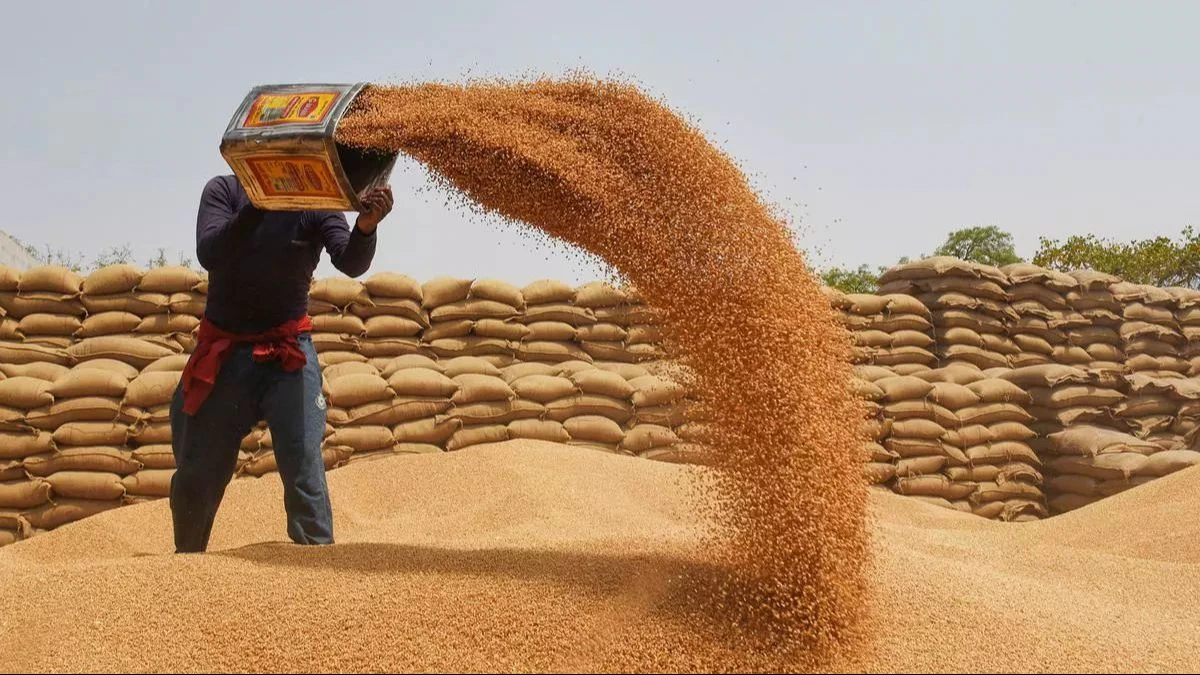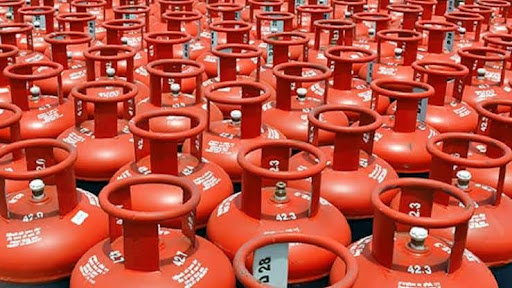Subsidies In India: Lifeline For The Poor Or Drain On Public Finances?

Subsidies in India are integral to supporting key sectors and populations, aiming to achieve economic stability, social equity, and development. However, their impact on public finances and efficiency remains a subject of intense debate.
Types of Subsidies in India
- Food Subsidies
The Public Distribution System (PDS) provides subsidized food grains to millions, ensuring food security for the poorest sections of society.

Why India’s food subsidies are not enough
Source: IDR
2. Fuel Subsidies
Subsidies on cooking gas (LPG) and kerosene make energy affordable for low-income households, particularly in rural areas.

Govt extends subsidy on cooking gas for Ujjwala beneficiaries by March 25
Source: Rising Kashmir
3. Fertilizer Subsidies
These subsidies aim to enhance agricultural productivity by making fertilizers more affordable for farmers, thereby supporting food security and rural incomes.

FERTILISER SUBSIDY
Economic Impact of Subsidies
- Fiscal Strain
Subsidies constitute a significant portion of government expenditure, impacting fiscal deficits and limiting investment in critical sectors like infrastructure. - Inflationary Pressures
Subsidies can artificially lower prices, leading to increased consumption and potential imbalances in supply and demand, which may contribute to inflation. - Resource Allocation Challenges
Diverting resources to fund subsidies could potentially yield higher returns if directed toward productive sectors such as infrastructure, education, and healthcare.
Government Reforms and Initiatives
- Direct Benefit Transfers (DBT)
The implementation of DBT aims to reduce leakages by directly transferring subsidies to beneficiaries’ bank accounts, ensuring more efficient delivery and minimizing wastage. - Targeted Subsidy Reforms
Exploring targeted approaches to subsidies helps in identifying and providing benefits only to those who genuinely need them, thereby improving efficiency and reducing unnecessary expenditure.
Conclusion
While subsidies play a crucial role in supporting the poor and promoting inclusive growth in India, they also pose challenges such as fiscal strain and inefficiencies. Continuous reforms, including effective use of technology like DBT and targeted subsidy programs, are crucial for optimizing subsidy benefits and ensuring sustainable economic growth.

